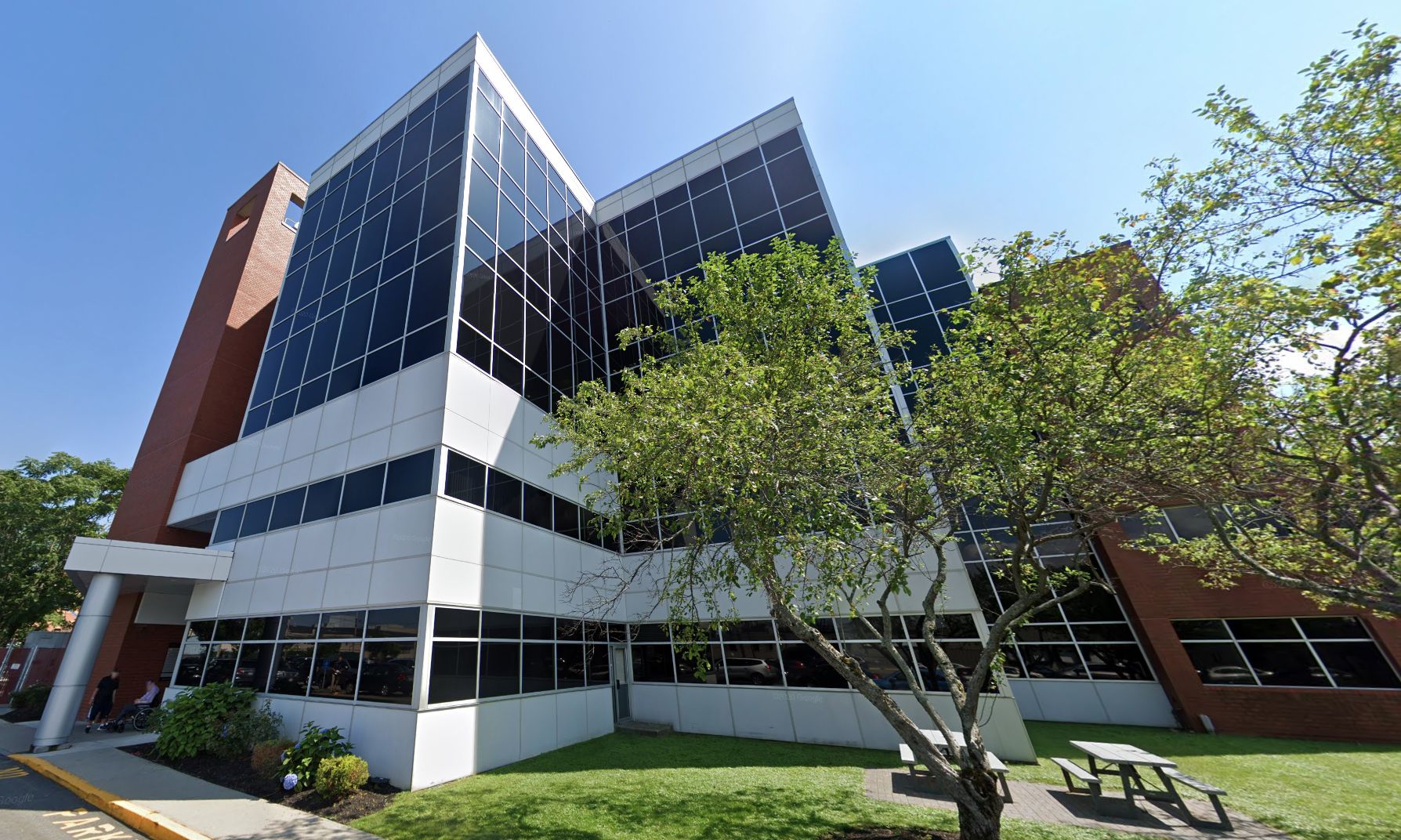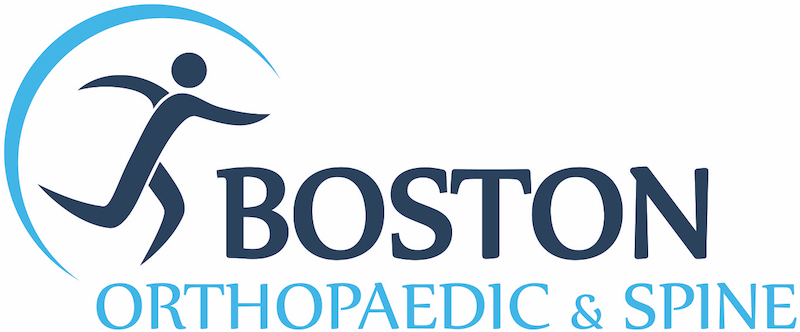Boston Orthobiologics Center
Located in Cambridge, MA
Boston Orthobiologics Center
Specializing in Orthobiologic Injections & Therapies
Call Us
EMAIL US
Open Hours
Tuesday: 12:00 PM – 5:00 PM
Phone Hours
Mon – Fri: 9:00 AM – 5:00 PM

About Boston Orthobiologics Center
Boston Orthobiologics Center at Boston Orthopaedic & Spine is Boston’s choice for non-surgical, specialized regenerative procedures delivered by orthopedic providers.
We’re proud to offer innovative orthobiologic treatments alongside our elite orthopedic care. Orthobiologics are natural substances such as platelets derived from a patient’s own body. These substances can be utilized in the minimally invasive treatment of musculoskeletal conditions.
Boston Orthobiologics Center is located at 725 Concord Avenue in Suite #3600 in Cambridge.
Schedule an Appointment
To schedule an appointment, call (617) 586-1955 or email bostonbiologics@mybostonortho.com.
Doctors & Providers
Specialties
Take the First Step
Get an accurate diagnosis and treatment plan from our expert physician team.
